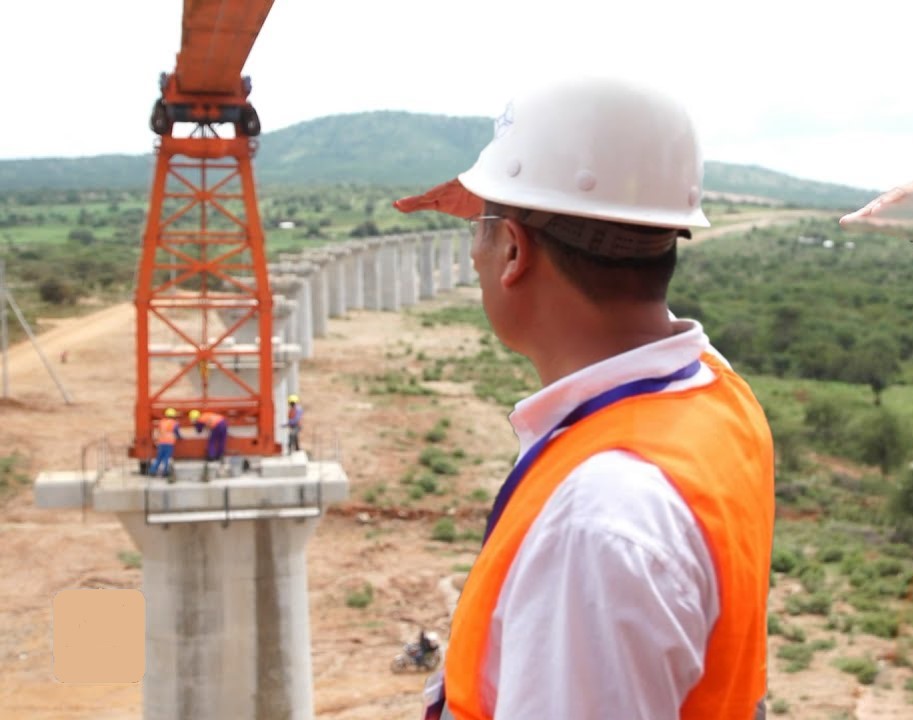
The higher you go, the safer you are.
One survival hack that pilots know is that altitude is your friend. When you are flying a plane, the higher you are, the safer you are. Why?
One may assume that flying very near the ground is the safer option. In case of an engine failure, you will not come tumbling down from 11 km up in the sky. If you are flying 100m from the ground, you may have an opportunity to get to the ground with a smaller thud, and possibly survive. The reasoning makes sense, but it is wrong.
Pilots know that the higher you fly, the more you have time to react to unexpected situations. This is because, with speed and height, the plane can glide for long distances, giving you an opportunity to find a solution. For example, a 737 flying at 40,000 feet can glide for more than 150 km after losing both engines. While this is just slightly over 10 minutes of ‘airtime,’ there is a lot you can do during that time.
If your engine goes off, you have some 10 minutes to try to restart them before you crash. You have some time to think about where to land. There might be an airstrip, a good highway, or a lake, within your lifeline of 150 km. This is the reason why the higher you are, the safer it is for you as a pilot, and of course, as a passenger in the plane.
It is for the same reason that planes at take-off climb so steeply – pilots buying altitude.
High altitude also means lower resistance, hence lower fuel consumption. A plane at a cruising altitude consumes less fuel.
Fly High
What life lessons can we learn from this?
It is good to have options and a margin to cushion us in case of the unexpected. It is good to have savings that can take us a long time. It is good to have room for the unexpected. It is good to be ahead of the schedule, rather than barely running to beat deadlines. It is good to have a good plan
It is also good to have a steep take off which gives you room for safety quickly. This could be working extra harder when starting a business, saving more when you are young… etc. Work to get to the cruising altitude so that you can relax a little bit.
Avoid living on the edge. Be safe.
Take Risks
But it is not every time that high altitude is desirable. In combat, fighter jets may operate at low altitudes in order to avoid detection by surveillance systems and anti-aircraft establishments. This is a special application that is used as a survival tactic. You do not want to be shot down by an enemy.
This also happens in life. At times, we must make the risky decision of flying low. It could be because we are facing an enemy such as a lack of opportunities, time constraints, lack of a fallback plan, a do-or-die situation, or even adventure. While this is acceptable, it should not be the norm. I do not think that we are supposed to be in combat all the time. Only if it is unavoidable.
